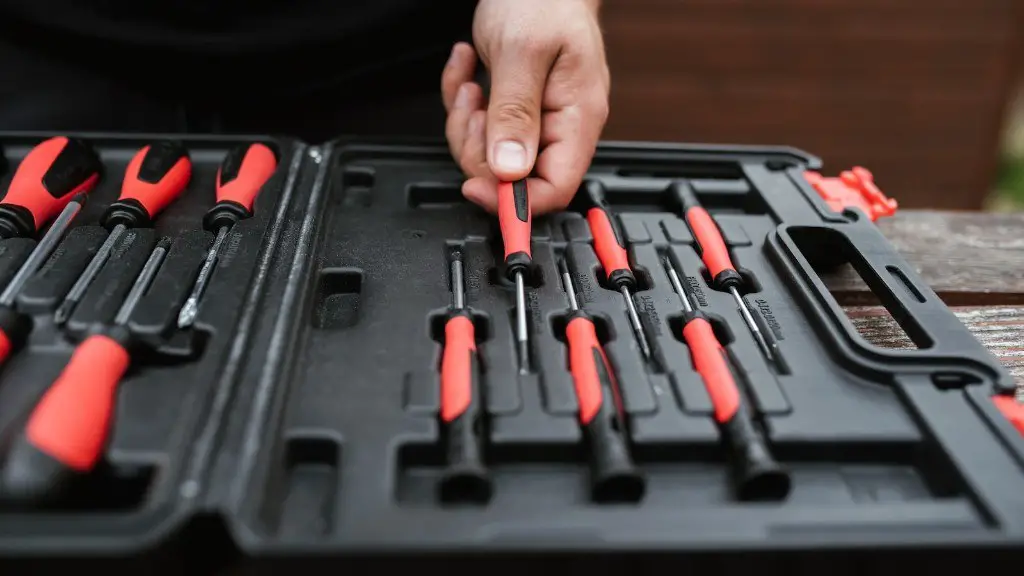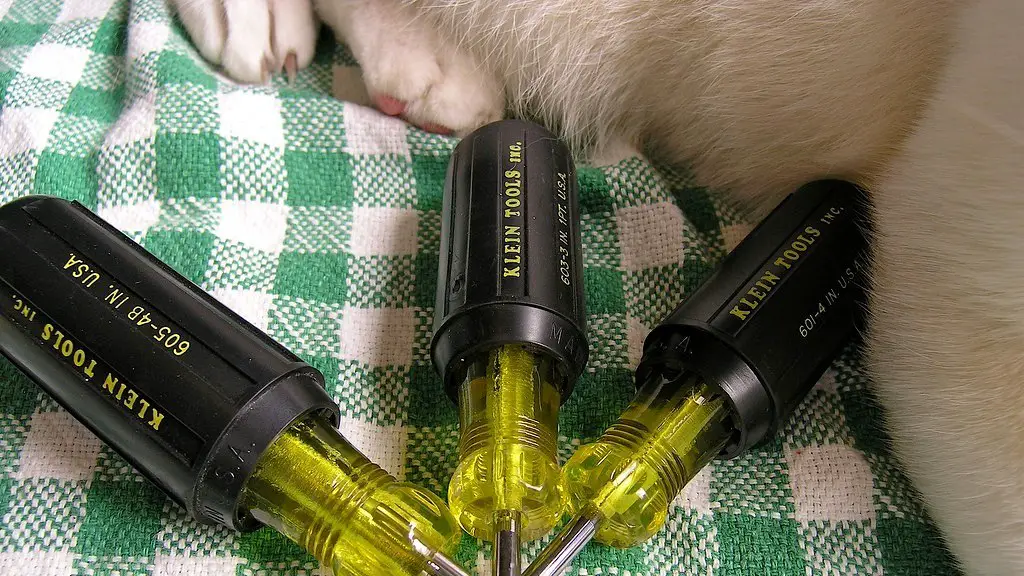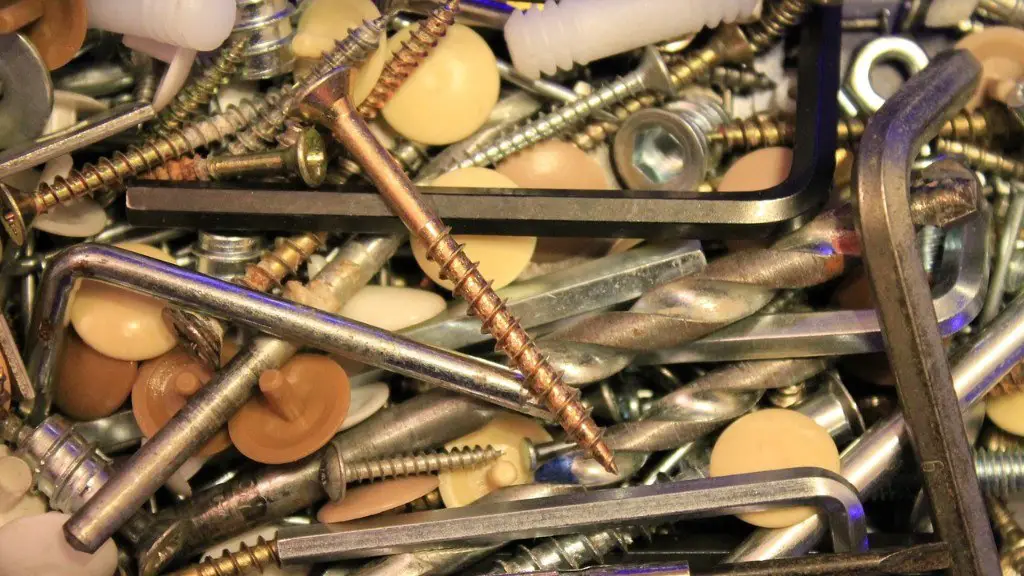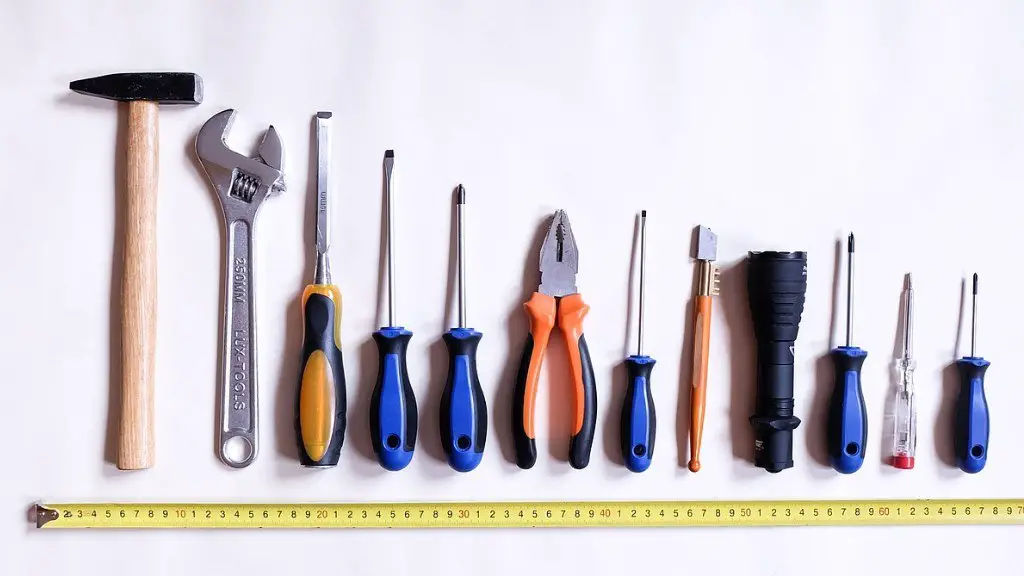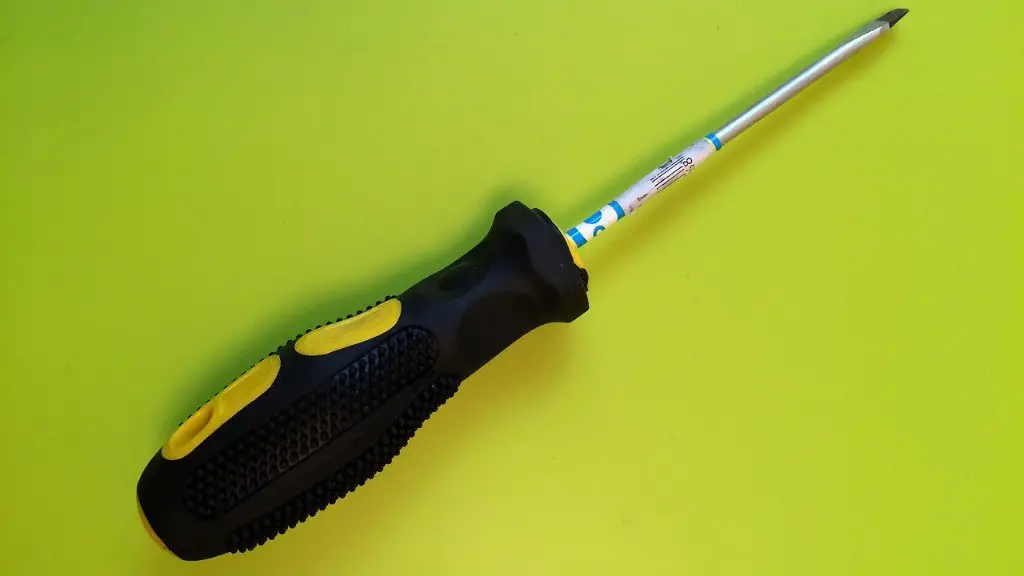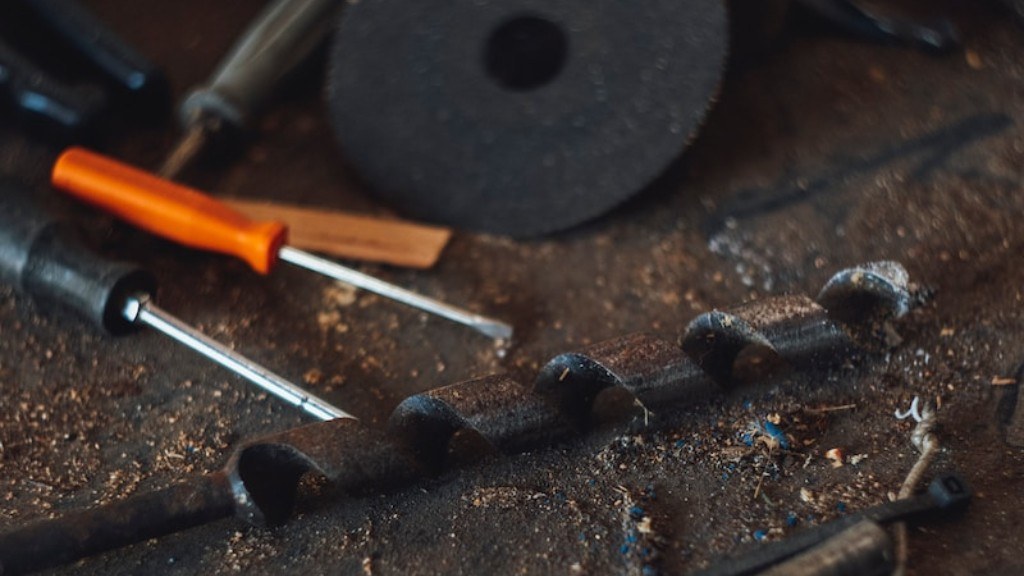In order to avoid injury and maximize the effectiveness of using a screwdriver, there are some important do’s and don’ts to follow. Do use the appropriate size and tip for the screw being inserted or removed. Don’t use a screwdriver that is too big or small for the task as this can cause slippage and potentially damage the screw or the surface it is being inserted into or removed from. Do grip the handle of the screwdriver firmly with your dominant hand while your other hand steadies the shaft. Don’t try to use the screwdriver one-handed as this increases the risk of injury. Do apply pressure gradually when inserting or removing the screw to avoid stripping the threads. Don’t force the screwdriver, as this can damage the tool, the screw, or the surface.
There are a few things to keep in mind when using a screwdriver:
-Do not use a screwdriver that is too big or too small for the screw you are trying to remove.
-Use a firm grip on the screwdriver, but do not apply too much pressure, which could strip the screw.
– twist the screwdriver slowly and uniformly. Stop if you feel the screw start to strip.
What should I avoid doing using a screwdriver?
A screwdriver is a tool that is designed for screws, not for prying, punching, chiseling, scoring, scraping or stirring paint. If you use a screwdriver for these purposes, you can damage the tool and/or the workpiece. Pliers should only be used on the square screwdriver shank designed for that purpose. This will help prevent damage to the tool and/or the workpiece. Exposing a screwdriver blade to excessive heat can damage the tool and/or the workpiece.
When using hand tools, you should avoid doing jobs they are not intended for, applying excessive force or pressure on the tools, cutting towards yourself, and holding the stock in the palm of your hand.
What are three safety rules to observe when using screwdrivers
It is very important to use the correct type and size of screwdriver on each type of screw, in order to avoid injury or damage to equipment. It is also unsafe to carry screwdrivers in pockets, or to use them around moving machinery. Screwdrivers are not safe to use as hammers, chisels or for prying.
There are two main types of screwdrivers: Phillips head and flat head. Phillips head screwdrivers have a cross-shaped tip, and are used for screws with a Phillips head. Flat head screwdrivers have a flat tip, and are used for screws with a flat head.
Using the wrong type of screwdriver for the job is the biggest mistake people make. Consequently, they either strip the screw, making it difficult to remove if they need to, or they damage a perfectly good screwdriver.
To avoid making this mistake, always check the screw head before starting to unscrew it. If you’re not sure which type of screwdriver to use, consult a screwdriver guide or ask a professional.
How do you properly use a screwdriver?
When using a screwdriver, it is important to ensure that the tip is firmly inserted into the screw head, and that the handle is turned clockwise. Applying pressure on the handle will help to keep the tip in place. Continue turning the screwdriver until the screw is fully inserted into the material.
Using a screwdriver as a chisel may cause the tip of the screwdriver to break and fly, hitting the user or other employees. If a wooden handle on a tool such as a hammer or an axe is loose, splintered or cracked, the head of the tool may fly off and strike the user or another worker.
What are the do’s and don’ts of safety?
It is important to educate your workforce on workplace safety procedures and to be aware of their surroundings. You should encourage regular breaks and wear protective equipment. Drug testing should not be neglected. Emergency exits should not be blocked.
Be sure to keep all hand tools in good condition with routine maintenance in order to avoid serious injury. The best way to do this is to use the right tool for the job and within its intended purpose of design. Inspect each tool for damage prior to use, and never use any tool that is damaged. Always operate tools within the manufacturer’s guidance.
What are the five most basic safety rules for working with tools
When it comes to hand tool safety, workers should always reserve a specific area where they will be using these tools. In addition, they should also keep their personal protective equipment (PPE) and hand tools in good working order. Furthermore, employers should provide appropriate PPE for their workers and choose the safest tools possible. Lastly, it’s important to regularly teach proper hand tool safety in order to keep everyone safe.
There are a few simple safety rules that are important to follow in order to stay safe in various situations. Always wear your seatbelt when in a vehicle or heavy equipment, always inspect equipment and tools, and always use fall protection when working at heights. Additionally, it is important to stay out of the blind spots of heavy equipment, and to never put yourself in the line of fire. By following these simple safety rules, you can help to keep yourself and those around you safe.
What are the 5 safety rules?
The 5 safety rules at a glance:
1. Disconnect completely – meaning that the electrical installation must be disconnected from live parts on all poles.
2. Secure against re-connection – verify that the installation is dead.
3. Carry out earthing and short-circuiting – provide protection against adjacent live parts.
It is always important to be aware of your surroundings and to take precautions to protect yourself. Make sure you have the correct posture for back and neck protection and that you take regular breaks. Always operate machines, tools and other equipment properly and make sure emergency exits are clear and accessible. Report hazards to your supervisor.
What are some common mistakes to avoid
1. Not Saying “No”: It is important to know your limits and be okay with saying “no” when you need to. Otherwise, you will end up taking on too much and spreading yourself too thin.
2. Seeking Approval: Don’t worry about what other people think of you. Focus on living your own life and being happy with who you are.
3. Being a Victim: Don’t let yourself be a victim of circumstance. Take control of your life and make the decisions that you need to in order to be happy and successful.
4. Too Many Mindless Distractions: Don’t get caught up in things that don’t really matter. Focus on what is important to you and what will help you achieve your goals.
5. Not Being Selective Of Your Friends: Be choosy about who you allow into your life. Surround yourself with positive people who will support you and help you grow.
6. Listening to Everyone’s Opinions: Don’t listen to everyone’s opinion. Hear what they have to say but ultimately make your own decisions based on what you think is right for you.
7. Not Being Decisive: Indecisiveness can hold you back
The screwdriver is one of the most commonly misused hand tools. While it is designed to tighten or loosen screws, you can also find it being used as a pry bar, punch or chisel. When that happens, the screwdriver can slip. When it slips, it can cause an injury or ruins the tool.
What are two important things to remember about standard screwdrivers that will help you avoid problems in their use?
When working with screws, it is important to select the proper size screwdriver for the screw. The thickness of the blade should make a good fit in the slot, and the screwdriver should be square with the screw head. Never use pliers on a screwdriver, and always use a vise or place small work on a firm, flat surface.
The idea here to drive a screw properly is to think about straight lines. A straight line through the center of the screw head is what you want the drill bit to follow. Keep the drill bit perpendicular to the work surface as you start the hole. Use moderate speed and pressure as you drill into the work piece.
Conclusion
-When using a screwdriver, always use the appropriate size and type for the screw you are driving.
-Don’t use a screwdriver as a pry bar, which can damage the tip and cause the screw to strip.
-Do hold the screwdriver by the handle, not the shank, to apply the most torque.
-Don’t overtighten screws, which can strip the head or damage the material you are fastening.
-Do keep the tip of the screwdriver well-oiled to prevent rust and corrosion.
The do’s and don’ts of using a screwdriver are pretty simple. First, always use the right size and type of screwdriver for the screw you’re trying to remove. Second, use a light touch when inserting the screwdriver into the screw head. Third, once the screwdriver is in the screw head, apply a little pressure to turn the screwdriver. Fourth, when the screw is loose, remove the screwdriver and unscrew the screw by hand. Finally, when you’re finished, put the screwdriver away in a safe place.
